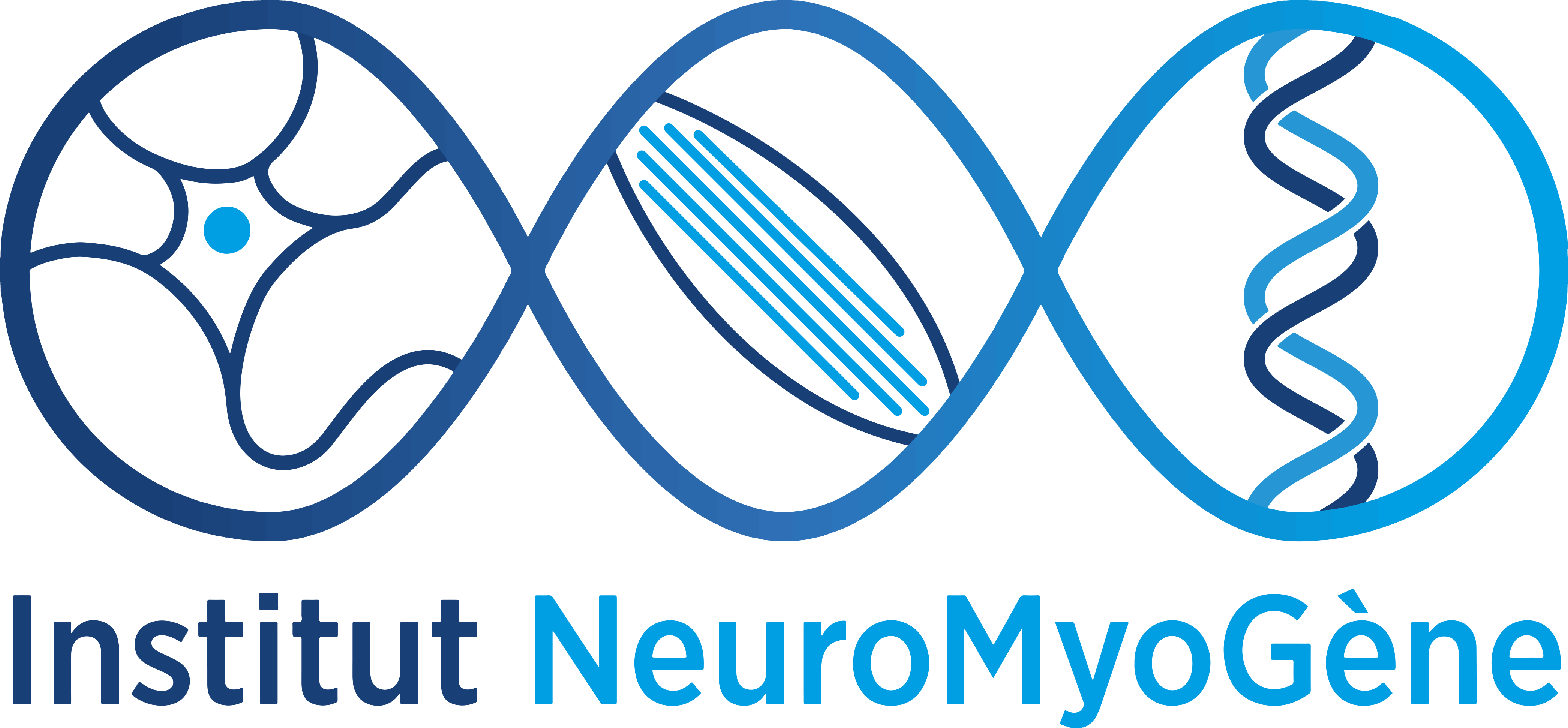
Sequential mRNA imaging with VXL and integrated fluidic unit
Davide Normanno
Institute of Human Genetics, Montpellier
www.davidenormanno.com
During the seminar, I will introduce the basics of sequential imaging and present what the technology is currently capable of. Then, starting by probe design strategies, I will illustrate the whole workflow required to finally extract the sub-cellular localization of individual transcripts of tens of different genes in hundreds of cells, i.e. how to perform and analyse spatial transcriptomics experiments. Next, I will present ongoing applications of sequential imaging using different experimental models, including adherent cell lines, iPSC-derived neurons, mESCs-derived brain organoid sections, mouse liver tissue sections, and drosophila eye-disc tissues. I will conclude with an overview on future directions.
LIST OF SELECTED PUBLICATIONS
Parreno et al., “Transient loss of Polycomb components induces an epigenetic cancer fate”.
Nature 629: 688 (2024)
Scrofani et al., “Branched microtubule nucleation and dynein transport organize RanGTP asters in Xenopus laevis egg extract”.
Molecular Biology of the Cell (2023)
LaFrance et al., “Structural transitions in the GTP cap visualized by cryo-EM of catalytically inactive microtubules”.
PNAS 119: e2114994119 (2022)
Etoc et al., “Non-specific interactions govern cytosolic diffusion of nano-sized objects in mammalian cells.
Nature Materials 17: 740–746 (2018)
Normanno et al., “Mutational phospho-mimicry reveals a regulatory role for the XRCC4 and XLF C-terminal tails in modulating DNA bridging during classical non-homologous end joining”
eLife 6: e22900 (2017)
Brouwer et al., “Human RAD52 captures and holds DNA strands, increases DNA flexibility, and prevents melting of duplex DNA: Implications for DNA recombination”.
Cell Reports 18: 2845 (2017)
Brouwer et al., “Sliding sleeves of XRCC4-XLF bridge DNA and connect fragments of broken DNA”
Nature 535: 566 (2016)
Normanno et al., “Probing the target search of individual DNA-binding proteins in mammalian cells using TetR as model searcher”
Nature Communications 6: 7357 (2015)
Grimm et al., “A general method to improve fluorophores for live-cell and single-molecule microscopy”
Nature Methods 12: 244 (2015)

